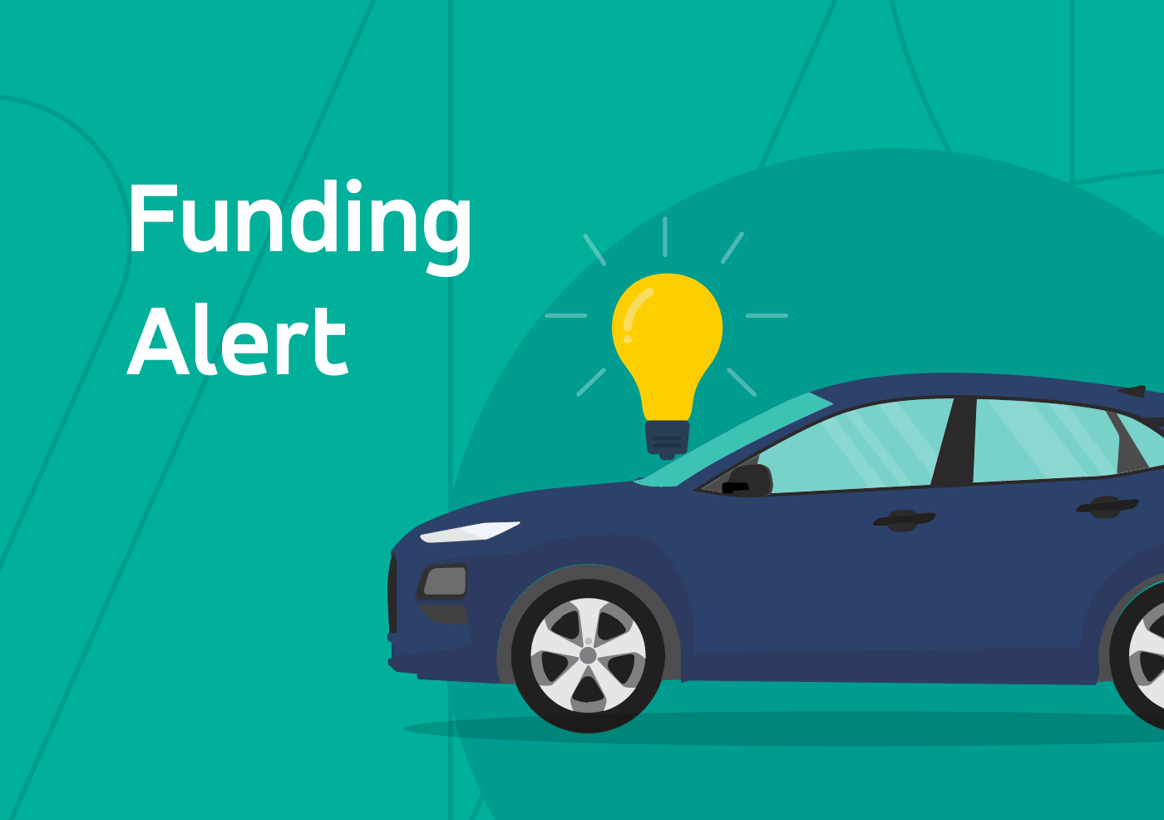Starting in 2016, the Federal Transit Administration (FTA) began recognizing microtransit as public transportation , allowing formula funds to be used towards microtransit projects. As microtransit — also referred to as on-demand transit — has become commonplace in transit systems across the country, transit agencies and cities are more consistently applying formula funds to fund and sustain these services.
Formula funds are typically distributed through states, which then allocate funding to transit agencies based on area population, existing transit service, and a few other factors. Three formula funding programs in particular are popular sources of funding for on-demand transit and paratransit:
- 5307- Urbanized Area Formula Grants, the formula funding program for large urban areas (regions with >200,000 population) and small urban areas (regions with >50,000 and <200,000 population).
- 5311- Formula Grants for Rural Areas (regions with <50,000 population).
- 5310 - Funding for transit services that improve mobility for seniors and individuals with disabilities
- Capital costs (software and vehicles): In many cases, transit agencies operate their own microtransit services using an existing pool of vehicles and drivers. In order to operate microtransit, both technology and vehicles are critical for a service. Licensing software is considered a capital cost and is covered at up to an 80% match with federal formula funds. Recipients can also use formula funds to acquire vehicles at up to an 80% match.
- Operating costs (driver pay and fuel): For small urban and rural agencies (agencies serving populations under 200k people) formula funds can be used to cover operating costs, including driver pay and fuel, at a 50% local match. Large urban agencies (above 200k) may not use formula funds to cover operating costs.
- Capital cost of contracting: Any transit agency (large urban, small urban, and rural) that deploys microtransit software and operations through a contractor can apply the FTA’s “capital cost of contracting” policy and consider 50% of the entire contract as a capital expense. Contracting with a private provider to operate a microtransit service is also known as a “turnkey” solution. You can expect to receive the following match percentages for a turnkey microtransit service based on your population size:
-
- Large urban agencies can apply the 80% federal match to the 50% capital portion of the turnkey service - in other words, those agencies can cover 40% of the overall turnkey contract with formula funds.
- Small urban and rural communities would also receive the same 80% federal match for the 50% capital portion of a turnkey service (or 40% of the overall contract). In addition, these agencies can receive a 50% federal match for the 50% operational portion (or 25%) of the turnkey service, as explained in bullet #2, resulting in an ability to cover (40+25) 65% federal match of the overall turnkey contract using formula funds.
Of course, these funding options are only available to transit agencies or cities that receive federal formula funds and, unfortunately, most cities and smaller transit agencies typically don’t. However, when standing up a new transit service, there are ways to apply for formula funds and become a designated recipient through your state DOT. For instance, the City of Valdosta, Ga. recently became a 5307 small urban recipient after surpassing the 50,000 population requirement, and the city utilizes those funds to sustain its successful on-demand service. Smaller entities (less than 50,000 in population) should consult their state DOT about accessing 5311 funds.
If you’re interested in learning more, please reach out to grants@ridewithvia.com. We can provide insight on formula funding and application processes. Also, check out our post on “Creative ways to fund on-demand public transportation and microtransit” for more funding ideas.
See more alerts here and click here to receive our newsletter, with new funding alerts included every month.




%206.png?width=71&height=47&name=The%20Buzz%20Blog%20Hero%20(1750%20x%201200%20px)%206.png)